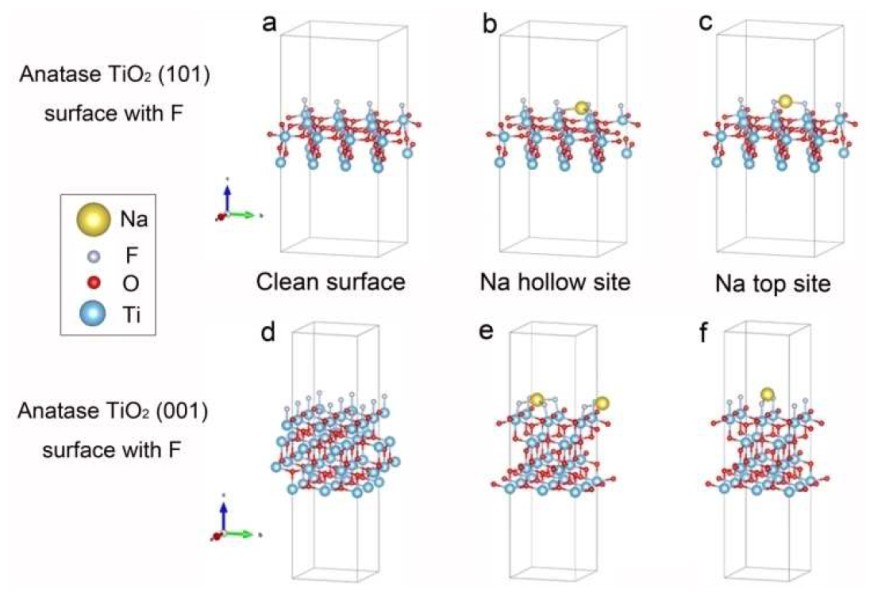Correlation between mechanical strength of amorphous TiO2 nanotubes and their solid state crystallization pathways
New Publication in “Chemistry Select”
2018/10/26

Authors: Zhonghui Gao, Zhangxiang Hao, Min Yi, Ying Huang, Yiming Xu, Ying Zhao, Zhaoyang Li, Shengli Zhu, Baixiang Xu, Porun Liu, Feng Ryan Wang, Yunhui Huang, Huijun Zhao, Xianjin Yang
Developing TiO2 crystals with specific morphologies and nanostructured architectures is highly desirable in energy storage, conversion and catalysis applications. Thermally activated amorphous‐to‐crystal transition provides effective growth of poly or monocrystalline TiO2, while an in‐depth understanding of different crystallization pathways at the solid state is still lacking. Herein, we report a close correlation between mechanical strength of the TiO2 precursors and their different crystallization pathways. Two different morphologies, i. e., well‐defined anatase TiO2 single nanocrystals and anatase polycrystalline nanotubes are obtained via rapid heating of two amorphous TiO2 precursors with distinctive mechanical strengths. The mechanical‐strength‐dependent crystallization from amorphous solid‐state precursors provides additional control on the crystallization pathway and thus the desirable properties of the resultant nanostructures. In this study, the well‐defined anatase nanocrystals with controlled morphology show higher storage capacity of sodium ion than that of polycrystalline ones in sodium ion batteries.



